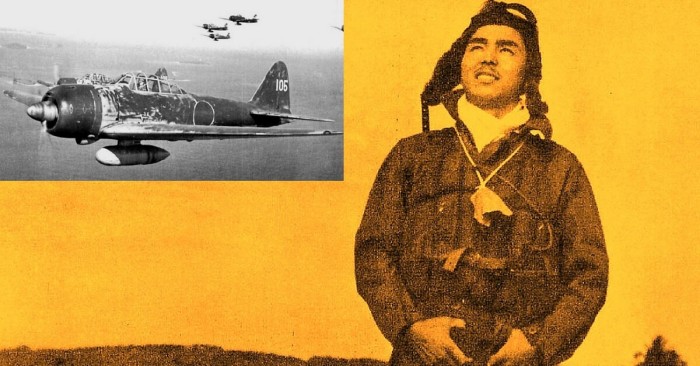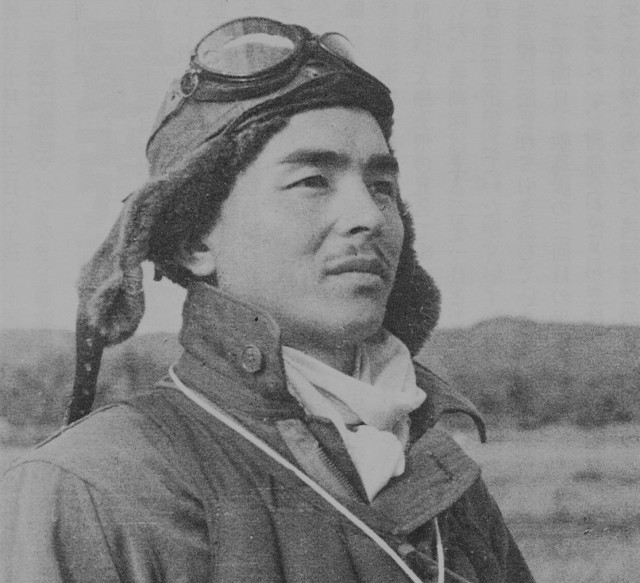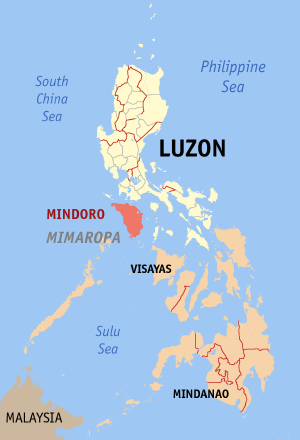
So translates the name awarded to Japanese pilot Hiroyoshi Nishizawa following his death in 1944. His passing was sudden, unexpected; an anticlimactic end to a remarkable tale. In death, his superiors honoured him with a Zen Buddhist moniker; Bukai-in Kohan Giko Kyoshi. In life, however, he earned himself a very different title.
The Devil of Rabaul, they called him, and not without good reason.
Skilled pilots on both sides fought terrifying aerial battles, carried out daring raids against the enemy and engaged with combatants in the air, on the land and on the sea. Yet even amongst the many outstanding Japanese aces, there was no one quite like Nishizawa.

The outrageous aerobatics, performed in the early summer of 1942, could easily have cost him his life. Instead, the soldiers on the ground held their fire, and by the time Nishizawa returned to his own base, a letter had already arrived congratulating him on his manoeuvres – and inviting him back for the “all-out welcome” he deserved.
The Devil of Rabaul chose to decline that particular invitation, of course, but if his enemies hadn’t quite believed his reputation before that day, they did now.
In fact, even amongst his own comrades he seemed like a figure out of legend. Nishizawa was known as a strange and solitary character, for he seemed ever more content with the status of an outsider as his celebrated status increased. Tall, thin and strikingly pale, Nishizawa was far from forthcoming, and even once his name became synonymous with acts of courage and valour, he kept to himself.
He may have been an object of veneration, but the only place he ever seemed truly comfortable was the sky itself.
Even in death, elements of mystery still cling to the man who seemed to stray so close to myth. Nishizawa had already been present at some of the key battles fought in that geographical theatre of the war, and October 1944 found him escorting the first of Japan’s major kamikaze attacks against the Allies. He himself was only present to back up the five bombers, but as the attack unfolded, something extraordinary occurred.
The young pilot watched his comrades hurtling to certain death, their planes ripping into the US warships below. Led by Lieutenant Yukio Seki, the explosions caused by four of the five planes triggered chain reactions throughout the vessels. In the sky overhead, Nishizawa was also engaged in combat, successfully bringing down two F6F Hellcats and raising the total number of his confirmed kills to 88. It was a clear victory for the Japanese fighters, but even as he fought, Nishizawa had a striking vision.
While the carnage unfolded before his eyes, he saw another event take place –his own death. Though accounts vary as to the exact nature of the fate he envisioned for himself, he returned from the mission without a shadow of a doubt in his mind. To the Devil of Rabaul, it seemed his end was close at hand.
Once again, he held true to his courageous nature. While another man might have tried to run from his fate, the Devil of Rabaul wasted no time in facing his destiny head on. The very next day, with his premonition still at the forefront of his mind, he himself requested a position on the next suicide squad kamikaze mission. If he
had to die, Hiroyoshi Nishizawa was going to do it in style.

It would have been madness to throw away a man of his calibre so lightly, and a great blow to morale. By this point, even in his early twenties, the young man was already being referred to by his enemies as the Ace of Aces – losing him in a suicide mission would have been simply unthinkable. Yet in the style of all great myths, tragedy and irony went hand in hand. By denying his wish, Nishizawa’s superiors sealed the fate of their finest pilot.
He was assigned to a different mission in the end, and the following morning set out as a passenger on a transport aircraft, setting off from Mabalacat. The weather was fine, with clear skies and low winds – the region had always been known for its gentler climate.

As the three planes flew above the town of Calapan, American pilot Lt. Harold P. Newell sent the lumbering transport plane before him down in flames.
At the age of 24, just days after he predicted his own end, the Devil of Rabaul was dead.

Like all the great figures of legend, the legacy of the man now known as Bukai-in Kohan Giko Kyoshi lives on, even after death. In the ocean of the military, Nishizawa is remembered as an honored Buddhist person, the Devil of Rabaul and the Ace of Aces.
By Malcolm Higgins

Δεν υπάρχουν σχόλια:
Δημοσίευση σχολίου